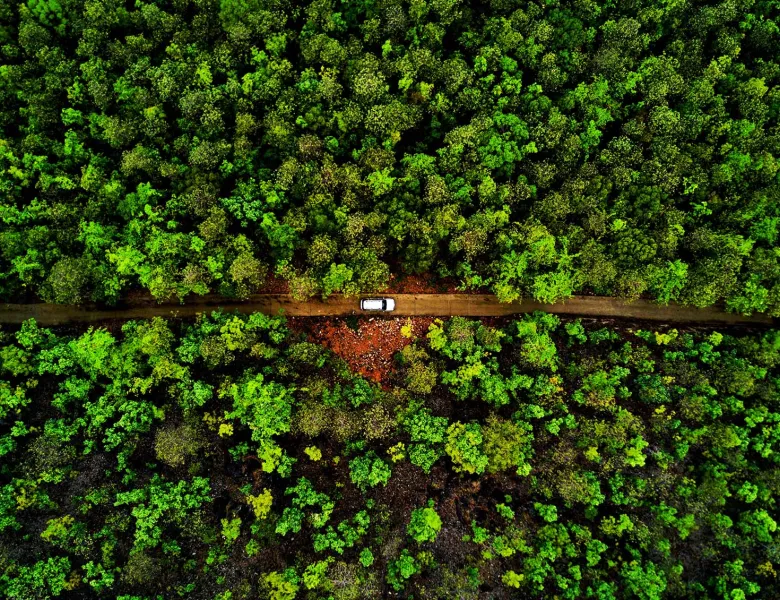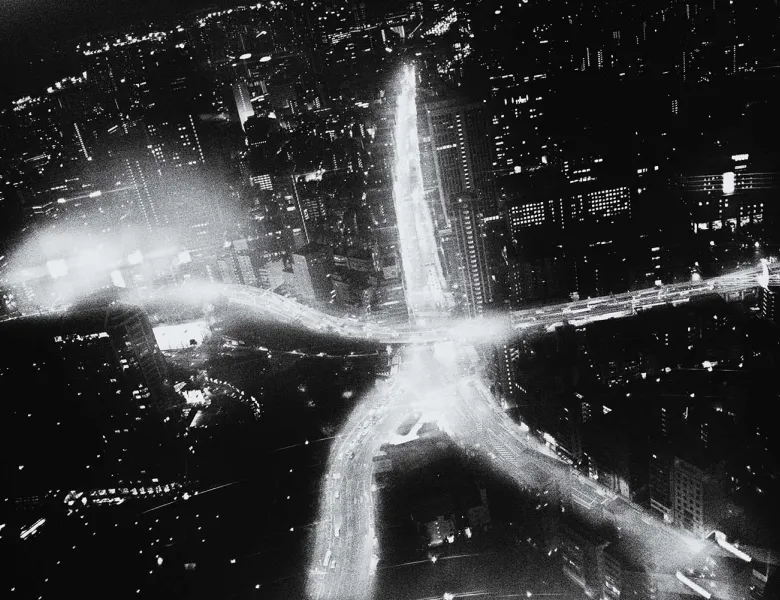Photographing the traditions, attitudes and livelihoods surrounding the BP oil spill
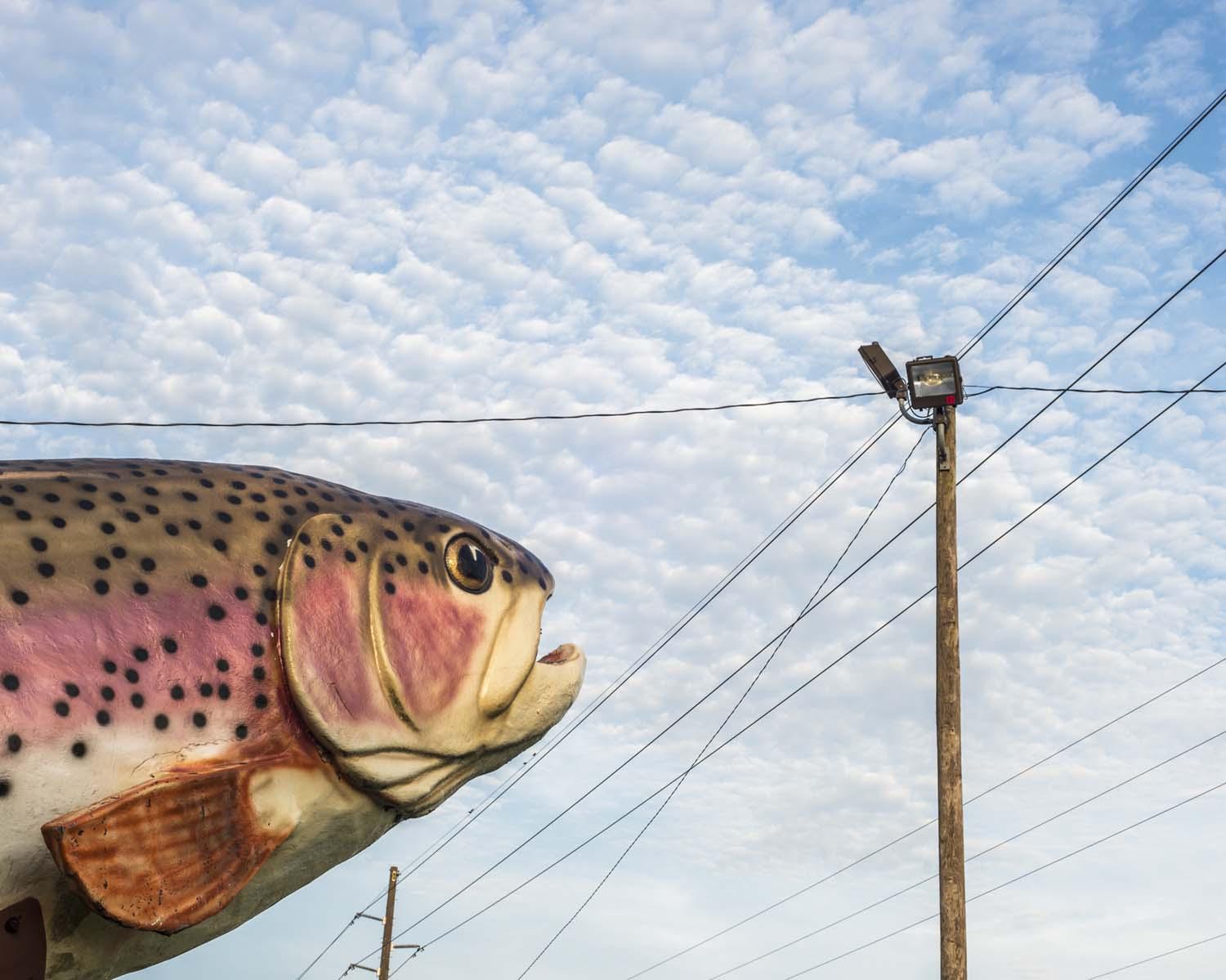
This blog is part of a series of exclusive interviews with the winners of United Photo Industries’ (UPI) pioneering Brooklyn-based public photography installation THE FENCE.
---
Camilo Ramirez was born in Santa Monica, California and raised in Bogota, Colombia as well as various cities throughout California. He holds a B.F.A. in Photography from Florida International University and an M.F.A. in Photography from the Massachusetts College of Art and Design.
These photographs explore the nuances of the region surrounding the BP Deepwater Horizon Oil spill and also include the ubiquitous use of land, animals and natural resources as they pertain to industry and recreation. The traditions, attitudes and livelihoods that are passed down through multiple generations are wound tightly into the fabric of the place and are often visible within the landscape.
Hi Camilo. Did you have some idea of the images you wanted to take, or did they reveal themselves as you moved along the Gulf Coast?
In 2010 during the BP Deepwater Horizon Oil spill, I was hearing news reports that were politically charged. While there was some truly objective reporting, it seemed to be difficult to find news that wasn’t infused with a polarizing message. I wondered what I would happen if I went to the area as an average citizen to see, experience, and photograph what might be visible in plain sight.
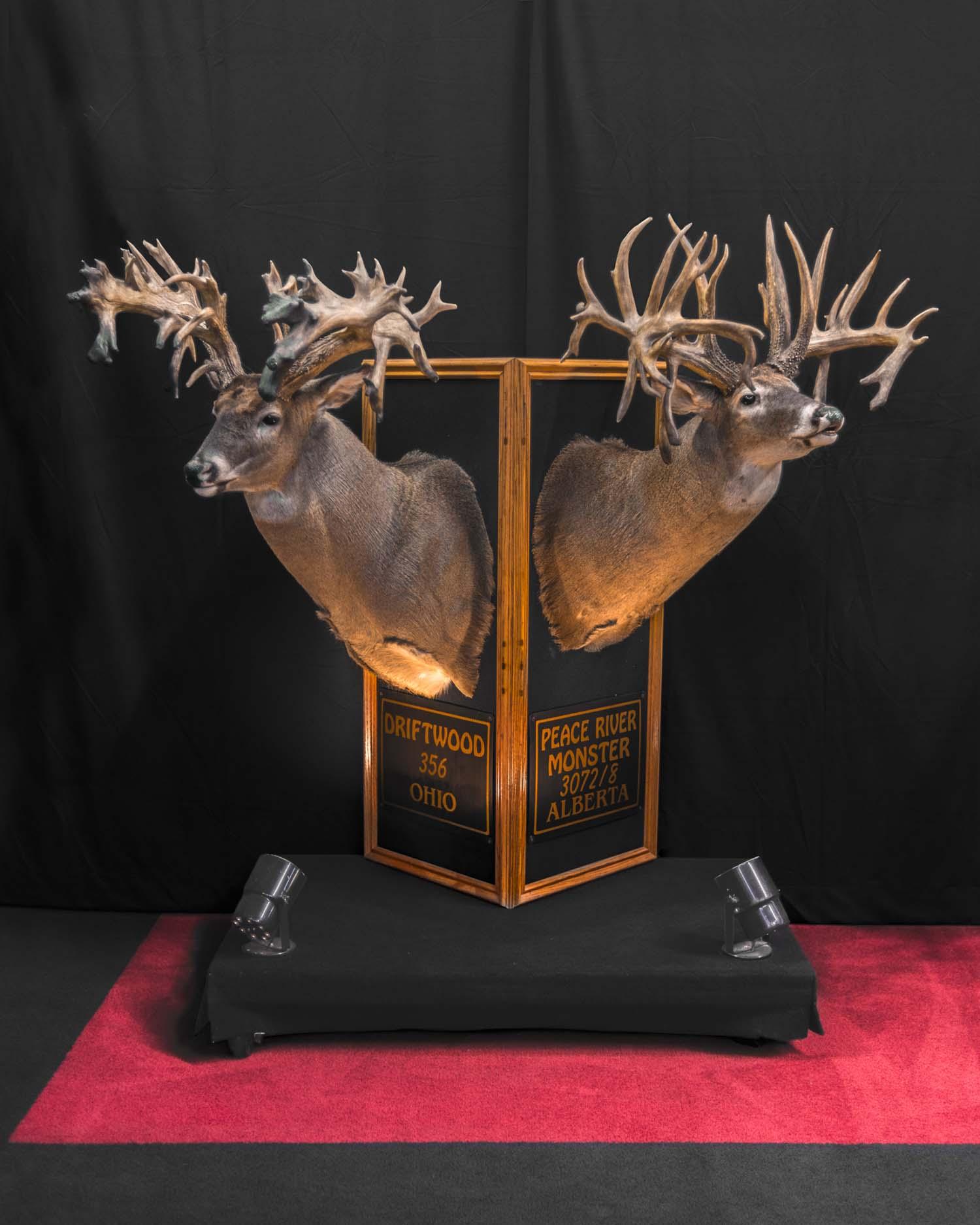
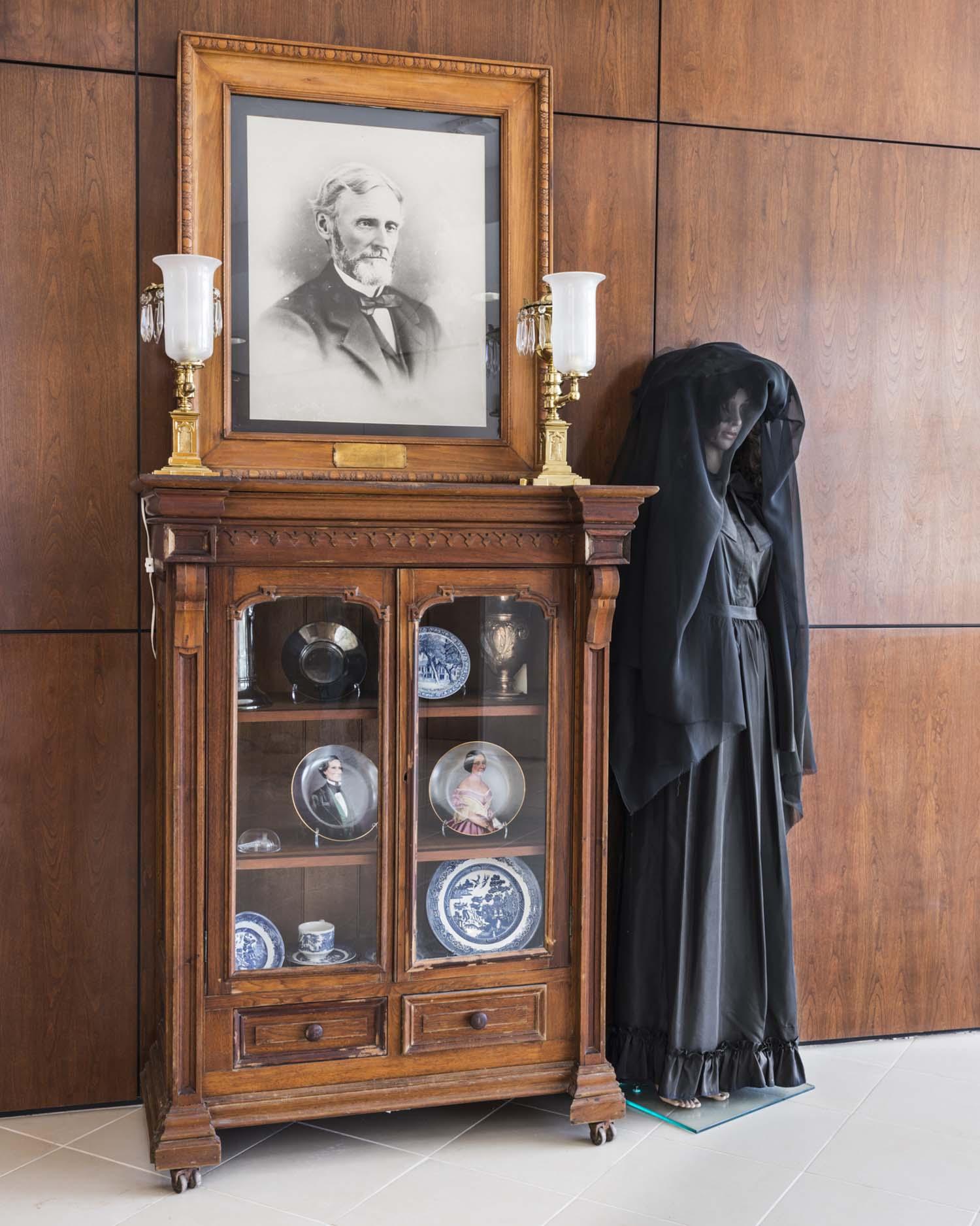
How long did the project take, did you have a schedule for how long you stayed in each area?
Originally, I photographed in 2010 as the oil spill was spreading in the gulf. The NOAA designated a No-Fishing Zone which was spreading daily, and I photographed the length of the affected coastline at that time which was roughly from Lafayette, LA to Pensacola, FL. I didn’t have a schedule during that first trip other than an end date and destination so I tried to pace myself accordingly.
You mention you previously shot along the Gulf Coast in 2010, after the BP oil spill, how was your approach to the images different this time?
I tend to work better slowly and needed to acknowledge that after my trip in 2010. The biggest change was taking some time to plan the trip and logistics for subsequent trips in 2014, 2015 and 2016. Starting in 2014 I planned the route more carefully and expanded the project to cover the entire length of the Gulf Coast. I spent weeks on the road, and averaged about 24mph, covering no more than 50 miles each day for thousands of miles. I believe this slowing down led to a more thoughtful approach in the shooting phase of the work.
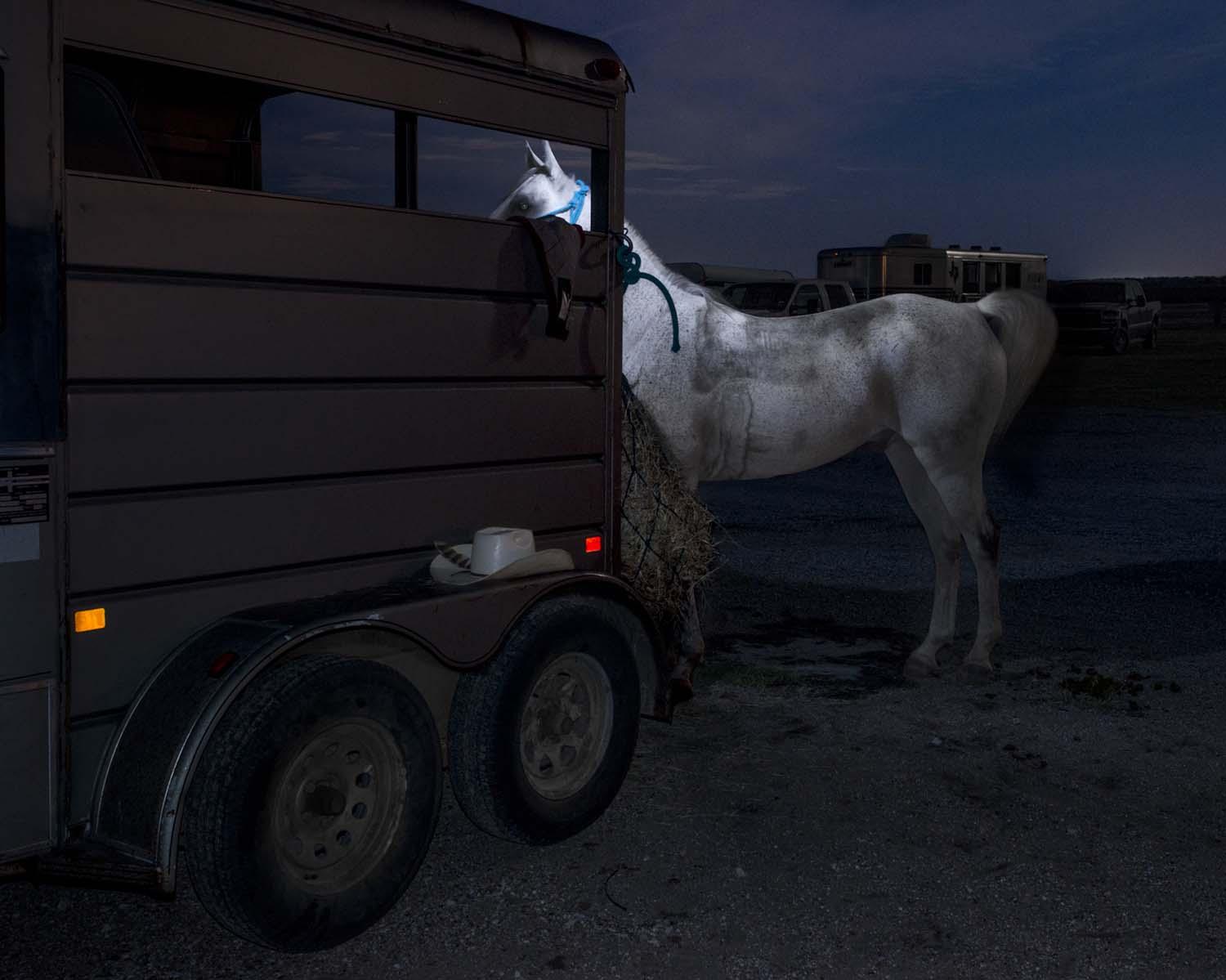
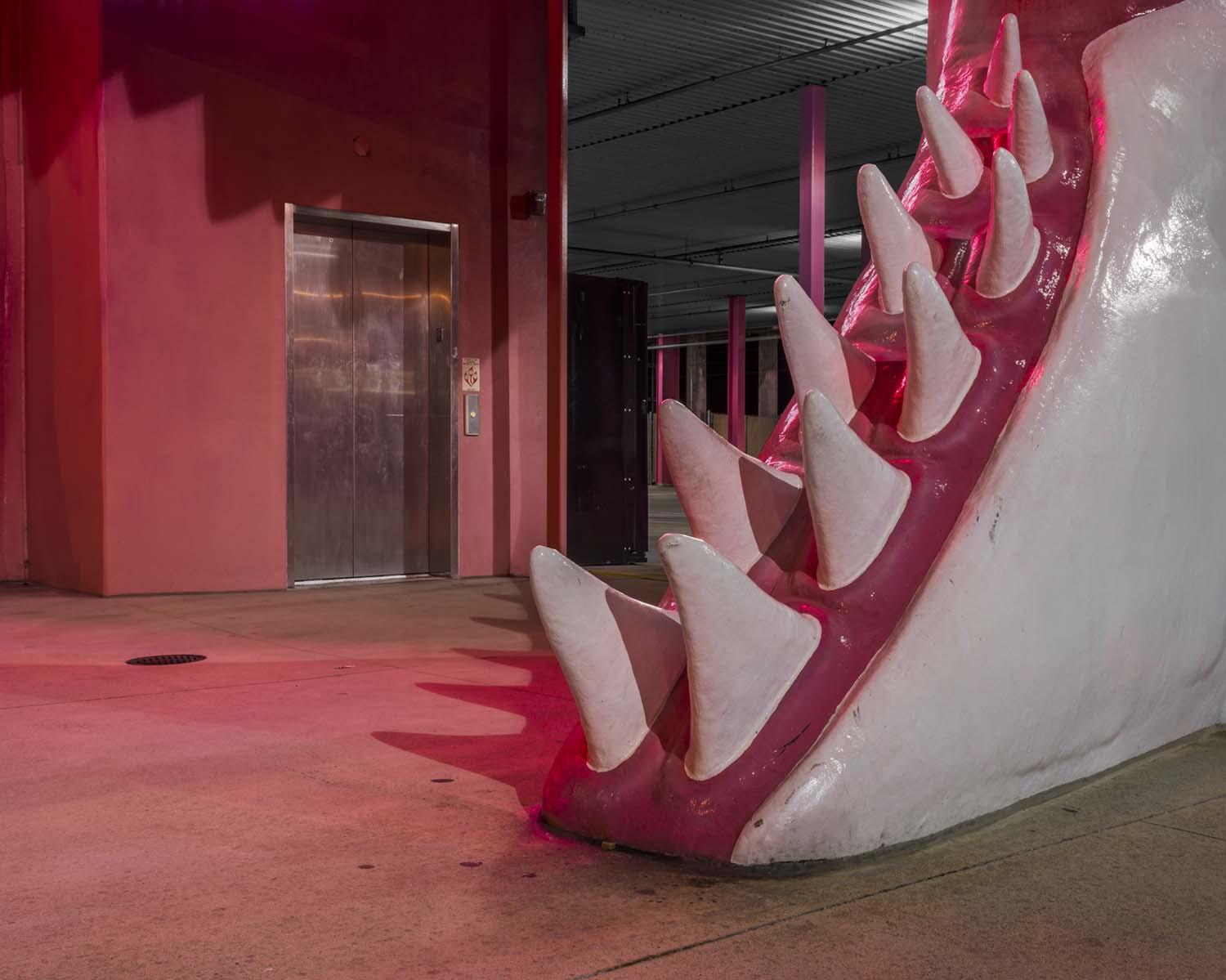
Do you have a photographic philosophy?
I feel anyone with a vision should make the work that really speaks to them personally, regardless of career and market forces, and even if it is unclear at first. It is good to embrace some amount of uncertainty in your process. For my own work, I prefer when the images seem to reveal something specific but still leave the viewer with questions. I think humour, especially dark humour, is underrated.
Where in the world are you and what’s next for you?
This year I’ve been in Boston focused on book production for my series titled 'Another Eternity', which touches on mortality, family and a kind of spiritual displacement. I will also soon be making a trip to Medellin to begin shooting a new project, which I’ve been wanting to make for years, about my Colombian heritage.
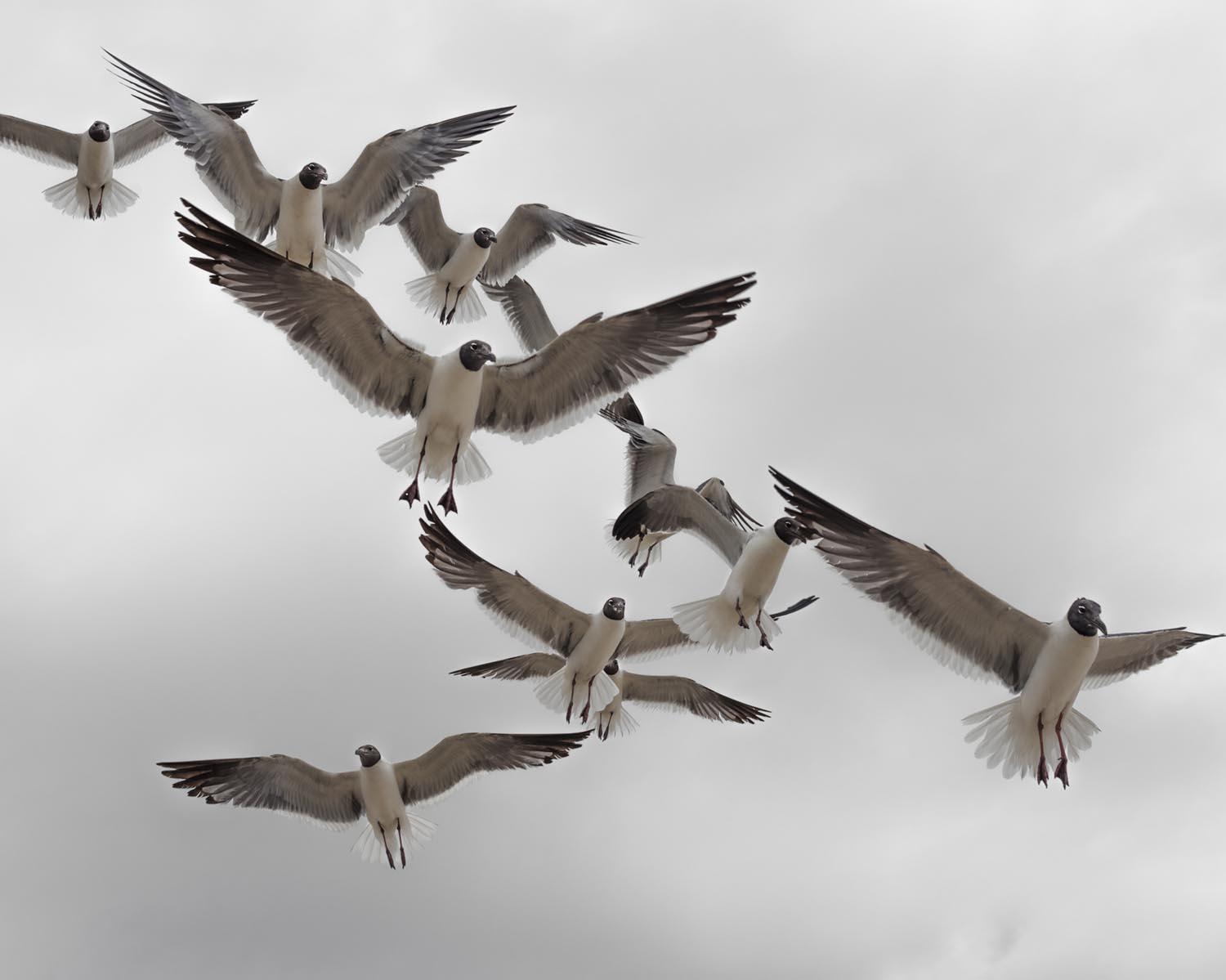
camramirez.com
Instagram
fence.photoville.com






